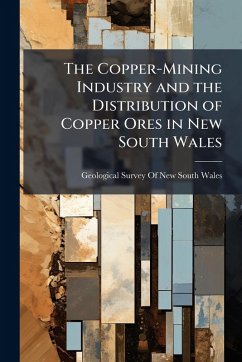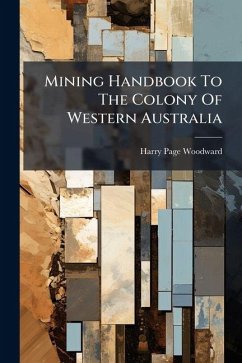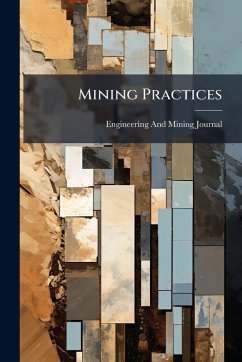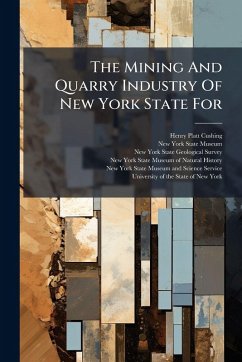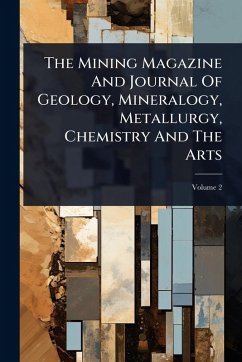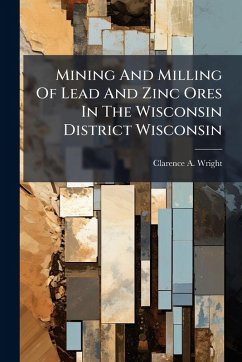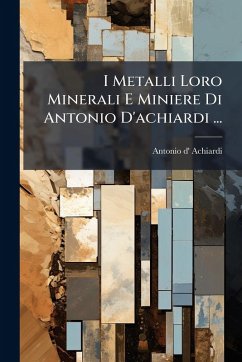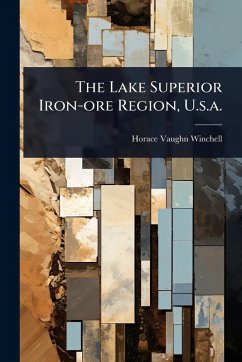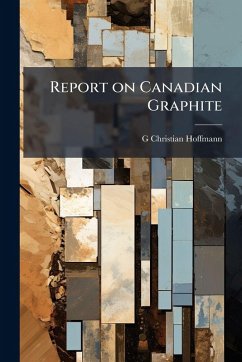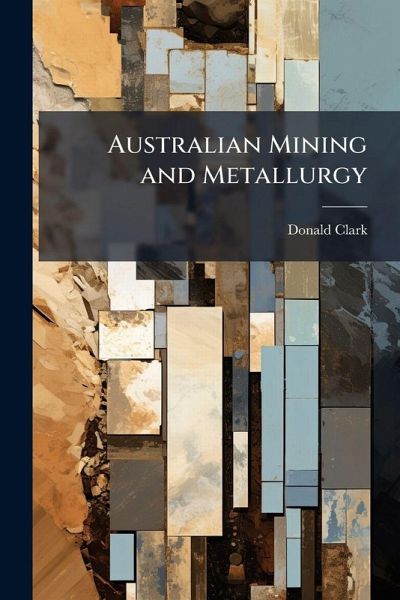
Australian Mining and Metallurgy
Versandkostenfrei!
Versandfertig in über 4 Wochen
28,99 €
inkl. MwSt.
Weitere Ausgaben:

PAYBACK Punkte
14 °P sammeln!
Australian Mining and Metallurgy, penned by Donald Clark and published in 1907, offers a comprehensive overview of the mining and metallurgical practices prevalent in Australia during the early 20th century. This historical work delves into the methods of extracting and processing various ores, providing invaluable insights into the technological advancements and challenges faced by the Australian mining industry at the time. The book meticulously documents the techniques employed in different mining regions, highlighting the specific processes used for extracting minerals such as gold, silver...
Australian Mining and Metallurgy, penned by Donald Clark and published in 1907, offers a comprehensive overview of the mining and metallurgical practices prevalent in Australia during the early 20th century. This historical work delves into the methods of extracting and processing various ores, providing invaluable insights into the technological advancements and challenges faced by the Australian mining industry at the time. The book meticulously documents the techniques employed in different mining regions, highlighting the specific processes used for extracting minerals such as gold, silver, copper, and tin. It also elaborates on the metallurgical processes involved in refining these raw materials into usable metals. With detailed descriptions and practical examples, 'Australian Mining and Metallurgy' serves as a valuable resource for historians, researchers, and anyone interested in the evolution of mining and metallurgy in Australia. It stands as a testament to the ingenuity and resourcefulness of the engineers and workers who shaped the nation's mining landscape. This work has been selected by scholars as being culturally important, and is part of the knowledge base of civilization as we know it. This work was reproduced from the original artifact, and remains as true to the original work as possible. Therefore, you will see the original copyright references, library stamps (as most of these works have been housed in our most important libraries around the world), and other notations in the work. This work is in the public domain in the United States of America, and possibly other nations. Within the United States, you may freely copy and distribute this work, as no entity (individual or corporate) has a copyright on the body of the work. As a reproduction of a historical artifact, this work may contain missing or blurred pages, poor pictures, errant marks, etc. Scholars believe, and we concur, that this work is important enough to be preserved, reproduced, and made generally available to the public. We appreciate your support of the preservation process, and thank you for being an important part of keeping this knowledge alive and relevant.



